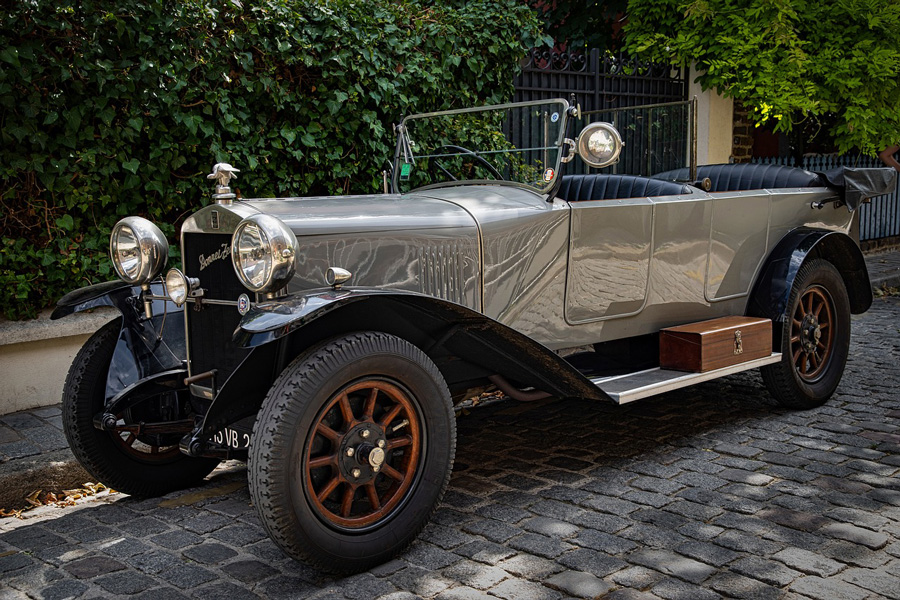4 minute read

People like collecting valuable items, whether it’s antiques, stamps, coins, sports memorabilia, or NFTs. However, with collectibles, the value lies in how much people are willing to pay for your items, which is why prices tend to fluctuate, and the market is dynamic.
So, is it worth investing in collectibles to differentiate your portfolio?
According to experts and financial advisors, investing a small portion (5% to 10%) of your net worth can be a wise decision.
Plus, it’s a nice way to diversify your portfolio (not put all your eggs in one basket) and minimize the impact of market volatility. Not to mention that, when you invest in a variety of assets, you are less reliant on the performance of any one asset, which can lead to more consistent returns.
So, is it worth investing in collectibles? And if so, which collectibles bring the best returns? Today we’ll talk about the whys and the hows of collectible investment.
What Are the Best Collectibles for Investments?
Before we start talking about collectibles, we should stress the importance of learning about investing from proper sources. You should also consider building a solid diversified portfolio before branching out into collectibles.
Collectibles have value because of the significance we attribute to them. For instance, some items have important historical value (coins, stamps, or extremely rare items like the Gutenberg Bible, which sold for $14.2 million).
Others have emotional value, such as family heirlooms or sports memorabilia (trading baseball cards, sports equipment, items autographed by famous athletes, and so on). And most collectibles are about social status – items like artwork, vintage cars, or antiques are often associated with high-class people.
Factors that Impact Collectibles’ Value
Some collectibles have more value than others, but most often than not, these factors tend to influence the price:
- Rarity – many collectibles are valuable because they are rare and difficult to obtain. The more rare and hard-to-find an item is, the higher its value tends to be.
- Historical Significance – items that are associated with famous people, events, or time periods, often have value because of their historical significance.
- Emotional Value – emotional value can bring the price of a sweaty t-shirt to over $4 million.
- Popularity and Demand – this factor is a combination of rarity and emotional value since the price is brought up by demand. The more popular and in-demand an item is, the higher its value tends to be.
- Condition – items that are in excellent condition or are considered to be in “mint” condition are typically more valuable than those that are damaged or in poor condition.
If you like to research baseball card auctions, you’ll notice how all these factors play an important role in establishing the final price.
Where to Find Collectibles?
Some people were lucky enough to find high-priced collectibles at garage sales or in long-forgotten storage units, but this doesn’t happen too often.
So, the best way to find collectibles is to keep track of auctions (online and offline), connect with dealers (especially in the art world), or browse antique stores. The good news is that information is a lot more available nowadays due to the internet and social media. If you follow the right people and/or find the right newsletter, the information literally flies into your inbox.
Key Takeaway
Collectibles are a good way to diversify your portfolio, but only after you understand how investments work. Also, keep in mind that collectibles are not always a safe bet – you never know what exactly will drive up the price and whether or not it will plummet. Like with most investments, it’s a risk you have to consider.




